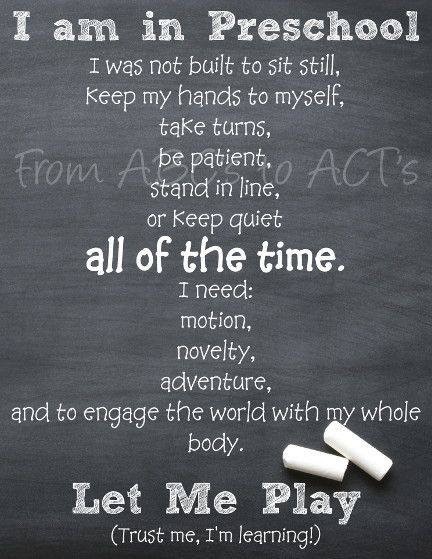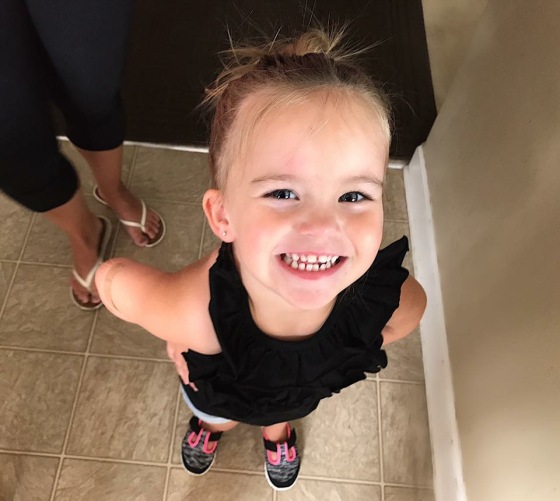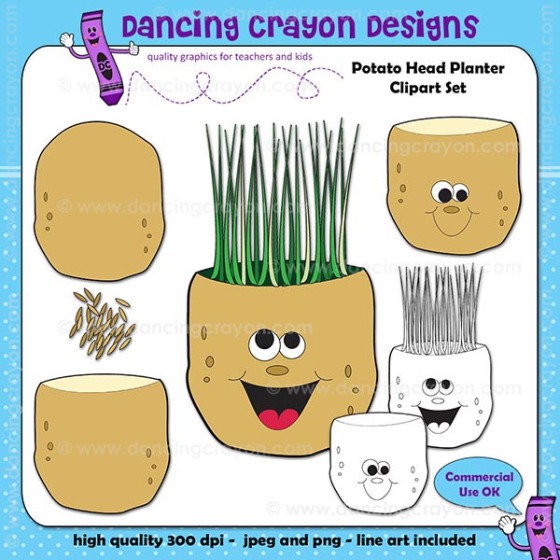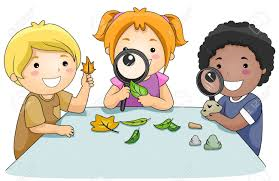
Tag Archives: learn
What is My Preschooler Learning About READING?
In the years before first grade, it is most important for children to learn that printed word stand for something real and print can help us discover new things. Naming letters and their sounds is also important. We help children with this as they are ready and interested. Letter sounds are much more valuable to children after they understand that the words are telling a story.
Some ways to encourage children to learn to read include:
- Posting signs with pictures and words. This helps children to connect printed words to real objects. (make sure they are at their eye level)
- Providing lots of books for preschoolers. As you read with the children, run your fingers under the words. This helps them learn that the words go from left to right.
- Having children dictate stories as we write down their thoughts. This helps them learn that words are people’s ideas that are written down.
- Engaging children in activities related to the story, such as puppet shows, drawing pictures, or going on adventures. For example, after reading The Very Hungry Caterpillar, you might take them outside and search for caterpillars or butterflies.
- Reading the same stories over and over so that children can memorize parts of the story. When children are familiar with stories, they often pretend to read the stories themselves or tell the story by looking at the pictures.
- Ask children “why?” and “what do you think?” questions when reading. This helps children develop language and literacy skills as well as creativity and problem solving.
Reading is a great way to learn about new things, explore new places, have an adventure, recognize professions, identify diversity, and so much more. Make your books come alive. Remember, you are the one that can create magic with a book and your words. You can extend reading through food and nutrition activities, dramatic play, and all the areas of your classroom. Just remember to have more than one copy of a book. Once you started reading it, the children will be more interested in the book. Another idea is to rotate different books, so when they are reintroduced to an area, it is a new item at that time.
We will learn more in upcoming blogs on how to make stories come alive….

Going to pick out a new book!!
Baby/Toddlers – What are they learning from ART?
Creative people are often resourceful and thoughtful. If a baby feels safe and trusts her/his caregiver and the surroundings, they are more eager to explore and find out more. Creativity is invaluable and should be encouraged in children. A secure relationship with caregivers can provide a strong foundation for creativity.
There are a variety of art experience you can provide for children. Babies have opportunities to use their senses to explore and create. The process of squishing finger paint in their hands, tearing paper or scribbling with crayons is satisfying for babies and toddlers. They are developing eye-hand coordination, and are making choices to change the way a drawing looks. You can provide crayons, chalk, play dough and other materials for creativity and pre-writing skills.
At this age, children’s creations do not usually represent real objects unless we, as adults, label them so. As they grow, children will attempt to create what they see in real life. For now, they are simply enjoying the pleasure of creating and exploring the materials.
Teachers should use descriptive language as we discuss a child’s creations (“This painting has circular stokes:, “This color is bright!”) By encouraging discussion about what has been made, we support children’s language development. We focus on specific aspects (“How did you make this line so squiggly?”) We strive to help them feel their work is respected and valued. We often post the children’s creations for everyone to enjoy.
Teachers often encourage children to explore different art media. We might hang some sticky paper on the wall and have children enjoy sticking items to it to make collages. W e might have children paint with their bare feet. These experiences let children explore real materials with their senses. This is how babies and toddlers learn best.


Science and Learning

Science Activities – Grass Seed Starters

The quickest and easiest sees to grow are grass or alfalfa. They tend to grow almost anywhere as long as they are watered regularly and receive sunlight. Here are some ideas for unusual planters.
Potato
Slice the top and bottom from a baking potato. Scoop out the top, fill with moistened cotton balls, and sprinkle seeds.
Paper Cup
Fill a paper cup with potting soil and decorate it to resemble a face. Sprinkle the soil with seeds and moisten it with water. You children will enjoy watching the planter sprout hair.
Sponge
Soak a sponge in water, then sprinkle on seeds. Moisten the sponge when dry, and soon it will be teeming with life. Variation: Try making sponge planters in different shapes. Cooking cutters make excellent stencils for cutting sponges.
For more creative ideas visit the following websites:
http://sciencenetlinks.com/lessons/look-at-those-seeds-grow/
http://www.sciencekids.co.nz/experiments/seedgermination.html
Preschoolers Learning About Science
Children begin learning about how things work and how things are made by experimenting with real objects. We help children to be careful observers of nature and experiment to find out. Using real materials and their senses, children explore textures, sizes, shapes and relationships. Natural curiosity makes them active scientists.
Questioning is part of this curiosity. Preschoolers ask lost of questions, especially, “Why?” Although this can be nerve wracking, it is part of their scientific process. Teachers respond to these questions by encouraging children to find out the answers for themselves. They ask questions like, “What do you think?” or “How can we find out what would happen if…?”
We include many chances for children to touch and learn from real objects. Classroom pets teach them about animals, their life cycles, their diets and their temperaments. Field trips to a nature preserve or zoo allow children to learn about unusual animals.
Your own outdoor play area also provides children a ready-made science lesson. We might grow flowers or herbs to help children learn about cause and effect, plant life, and the properties of soil. Point out how the plan life changes with the seasons. Observe insects and discuss how they live, collect food and build nests.
Children learn and remember so much when they have worked with the “real thing” and have discovered the answers on their own!
Encourage parents to let you know when a good “science lesson” such as the birth of a pet happens at home. That way you can work together to make it a new learning experience!
Look for future blogs for some fun science activities for preschoolers. If you have ideas you would like to share please let me know.
Happy Exploring!!

Better Brains for Babies – The Role of Music
When you hear a familiar song on the radio, how does it make you feel? Often it brings fond memories, makes you smile or even can improve your mood. It is funny how you can often remember every word of a song you learned when you were younger.
So does music have anything to do with early brain development? Does it help children to be smarter? What can you do to help nurture a child’s love of music?
The Role of Music

Sing a Song, Play a Musical Instrument, Make Music part of your Day!

